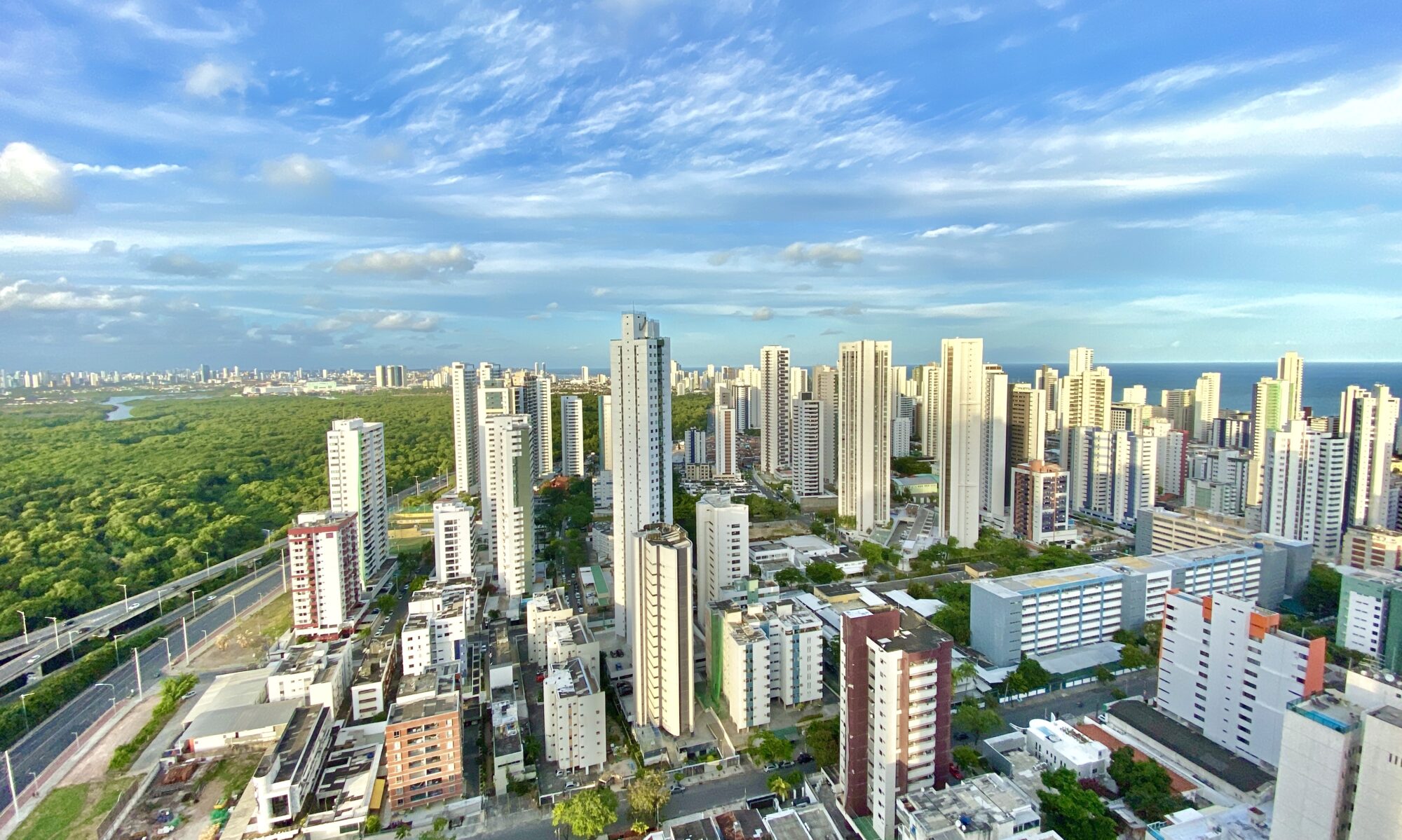Little more than a trading post throughout the three centuries of the colonial period and at the beginning of the Empire, in its early years São Paulo was a region that was cut off from the centre of political and economic events in Brazil. Its rapid development began in the middle of the 19th century with coffee plantations that spread all over the state, bringing with their expansion the building of roads and railways, the modernization of the ports and a complete support infrastructure which in just a few decades, enabled the region to assume a leading role in Brazil’s economy.
Coffee was also responsible for the state of São Paulo becoming the destination for over half the immigrants who settled in Brazil in the mid 19th century and the early decades of the 20th century. They had a profound influence on Brazilian culture. With immigration men and women from more than 50 countries settled in the state, blending with the indigenous population who were already living there, with the Africans who had come as slaves and more recently, with migrants from various parts of Brazil who had come in search of work. Together, they formed the basis of the cultural mix that comprises the present day paulistas – or natives of São Paulo – and the state they built.
São Paulo has just over 34 million inhabitants, making up more than 22% of the population of Brazil. Generating around 35% of GDP, the state has one of the highest GDPs in Latin America and is an extremely important economic centre. It is Brazil’s largest industrial focus as well as the nation’s financial metropolis, with its capital, the city of São Paulo, which is a point of reference in the supplying of information to the business world. Its production structure covers almost all the productive segments of Brazil’s economy backed by an effective teaching and research network and serving the nation’s largest consumer market. In the state of São Paulo, 70 km from the capital is the port of Santos, the largest port in Latin America.
The state has 625 municipalities, 39 of which form the Metropolitan Region of São Paulo, the third largest urban conglomeration in the world, with 16 million inhabitants. The region houses many of the largest Brazilian and international companies and foreign banks with head-offices in the country. It is also the headquarters of the eighth largest stock market in the world and the second largest future market.
With its dynamic capital, considered as being one of the world’s largest metropolises, São Paulo has become known mostly as a good place to do business. But it is much more than an economic centre. Washed by the waters of the Atlantic, the state’s 622 km coastline is punctuated by beaches of the most varied type and size. Taking the city of Guarujá as a reference point, the beaches of the northern coastal region are scattered around towns such as Bertioga, São Sebastião, Caraguatatuba and Ubatuba, and on islands such as Ilha Bela, a paradise for wind-surfers and sailors. In the southern coastal region, around cities such as Iguape and Cananéia some of the world’s most important natural areas are preserved, for example, the Juréia-Itatins Ecological Station and the Island of Cardoso in the Lagamar – the Lakeland Estuary Complex of Iguape, Cananéia, Antonina and Paranaguá.
Separating São Paulo’s coastal strip from the plateaux, the escarpment of the Serra do Mar in the midst of the Atlantic Forest was a major obstacle to be overcome in previous centuries. Nowadays this gateway to the interior of the state is the focus of attention of the Atlantic Forest Biosphere Reserve and other organizations that are seeking to conserve this ecosystem that is reduced to 5% of its original area in Brazil.
Within the interior, the state of São Paulo is crossed by rivers such as the Paranapanema, the Paraíba do Sul, the Piracicaba and the Tietê, the largest of them all, originating 22 km from the coast to run in the opposite direction of the sea before flowing into the River Paraná, 1,100 km further down. With the building of dams and hydroelectric stations along their courses, many of São Paulo’s rivers have become considerable lakes within the state, acting as sources of electricity, encouraging sailing and other leisure opportunities. Considered as a whole, they pass through one of the richest regions in the Southern Hemisphere, and in the case of the Tietê, one of the greatest metropolises of the contemporary world.
In the state of São Paulo, leisure is as varied as job opportunities, especially in the capital where there are many options to suit all tastes and budgets. There are a number of options ranging from exhibitions and open-air shows to museums with theatres putting on highly sophisticated performances. And as paulistas also have the right to enjoy life, their capital city has a range of restaurants running from the simple and delicious to establishments that equal the sophistication of the best anywhere in the world.

